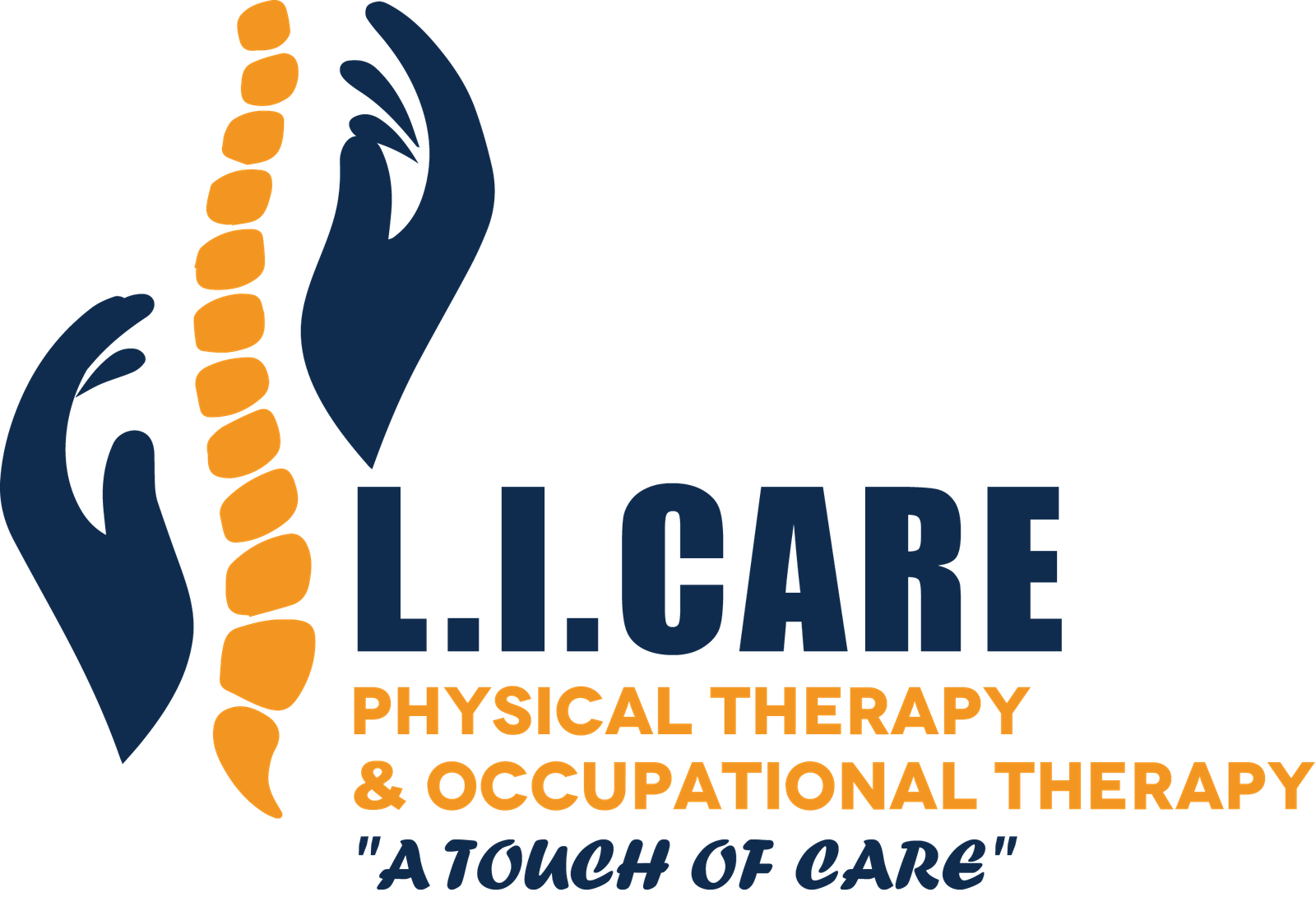Electrical Stimulation Therapy
Overview
Electrical Stimulation Therapy, also known as neuromuscular electrical stimulation (NMES) or transcutaneous electrical nerve stimulation (TENS), is a non-invasive treatment modality that utilizes electrical currents to stimulate nerves, muscles, and tissues.
This therapy is widely employed in rehabilitation settings to manage pain, improve muscle strength and function, promote tissue healing, and enhance overall physical well-being.
By delivering controlled electrical impulses through electrodes placed on the skin, electrical stimulation therapy can target specific areas of the body to produce therapeutic effects, making it a versatile and effective treatment option for a variety of conditions and injuries.

How Can I Start with Electrical Stimulation Therapy?
Initiating Electrical Stimulation Therapy begins with an evaluation by a qualified healthcare professional, such as a physical therapist or chiropractor. During this assessment, our therapist will conduct a thorough examination to determine if electrical stimulation therapy is appropriate for your condition and treatment goals.
If deemed suitable, our therapist will then create a personalized treatment plan tailored to address your specific needs and objectives.
Electrical stimulation therapy sessions typically occur in a clinical setting, where specialized devices are used to deliver controlled currents to targeted areas of the body. Our therapist will position electrodes on your skin, ensuring optimal placement for effective treatment.
Throughout the session, your therapist will monitor your response to the electrical stimulation and adjust parameters as needed to maximize therapeutic benefits. With consistent participation and adherence to your treatment plan, you can experience the positive effects of electrical stimulation therapy and progress toward your rehabilitation goals.
Is Electrical Stimulation Therapy Painful?
One of the significant advantages of Electrical Stimulation Therapy is its ability to provide pain relief without causing discomfort. While you may feel a tingling or prickling sensation during treatment, most individuals find the therapy to be comfortable and even soothing.
The intensity of the electrical impulses can be adjusted to suit your tolerance level, ensuring a pain-free experience. Additionally, the therapy’s analgesic effects can help alleviate existing pain and promote relaxation during the session.
Overall, Electrical Stimulation Therapy is well-tolerated by the majority of patients and is not typically associated with significant discomfort or pain.
Is Electrical Stimulation Therapy Really Beneficial?
Electrical Stimulation Therapy offers a wide array of potential benefits for individuals seeking relief from pain, improvement in muscle function, and enhancement of overall physical well-being.
Here’s why Electrical Stimulation Therapy is considered beneficial:
- Pain Management: Electrical Stimulation Therapy has analgesic effects, helping to alleviate acute and chronic pain by blocking pain signals, stimulating the release of endorphins (natural painkillers), and modulating pain perception in the central nervous system. This makes it an effective treatment option for conditions such as arthritis, back pain, neuropathy, and musculoskeletal injuries.
- Muscle Strengthening and Rehabilitation: Electrical Stimulation Therapy can improve muscle strength, endurance, and coordination by activating motor neurons and contracting muscle fibers. This is particularly beneficial for individuals recovering from injuries, surgeries, or conditions that have resulted in muscle weakness or atrophy, such as stroke, spinal cord injury, or orthopedic surgery.
- Enhanced Tissue Healing: Electrical Stimulation Therapy promotes tissue healing and regeneration by increasing blood flow, enhancing cellular metabolism, and facilitating the delivery of oxygen and nutrients to injured tissues. This accelerates the healing process and can aid in the resolution of soft tissue injuries, fractures, wounds, and ulcers.
- Improved Range of Motion and Flexibility: Electrical Stimulation Therapy can help improve joint mobility, range of motion, and flexibility by reducing muscle spasms, increasing muscle relaxation, and releasing tension in soft tissues. This makes it a valuable adjunct to rehabilitation programs for conditions such as contractures, joint stiffness, and postural abnormalities.
- Reduced Swelling and Inflammation: Electrical Stimulation Therapy can help reduce swelling and inflammation by promoting lymphatic drainage, enhancing circulation, and modulating the inflammatory response in injured tissues. This can be beneficial for managing acute injuries, post-operative edema, and chronic inflammatory conditions.
- Neurological Rehabilitation: Electrical Stimulation Therapy can be used as part of neurological rehabilitation programs to improve sensory and motor function in individuals with neurological disorders or injuries, such as stroke, spinal cord injury, multiple sclerosis, or Parkinson’s disease. By stimulating targeted areas of the nervous system, Electrical Stimulation Therapy can help retrain neural pathways, restore motor control, and facilitate recovery of function.
- Non-Invasive Treatment Option: Electrical Stimulation Therapy is a non-invasive treatment modality that does not require medication or surgery, making it a safe and well-tolerated option for individuals with various medical conditions. It can be used alone or in combination with other conservative treatments to optimize outcomes and minimize the need for more invasive interventions.
- Customizable Treatment Parameters: Electrical Stimulation Therapy allows for customizable treatment parameters, including intensity, frequency, duration, and waveform, which can be tailored to meet the individual needs and preferences of each patient. This personalized approach ensures optimal therapeutic effects and patient comfort during treatment sessions.
Electrical Stimulation Therapy is a versatile and effective treatment modality that offers numerous benefits for individuals seeking relief from pain, improvement in muscle function, and enhancement of overall physical well-being.
With its ability to target specific tissues and produce therapeutic effects at the cellular level, Electrical Stimulation Therapy remains a valuable tool in the management of various acute and chronic conditions, supporting rehabilitation, recovery, and optimal health and function.

